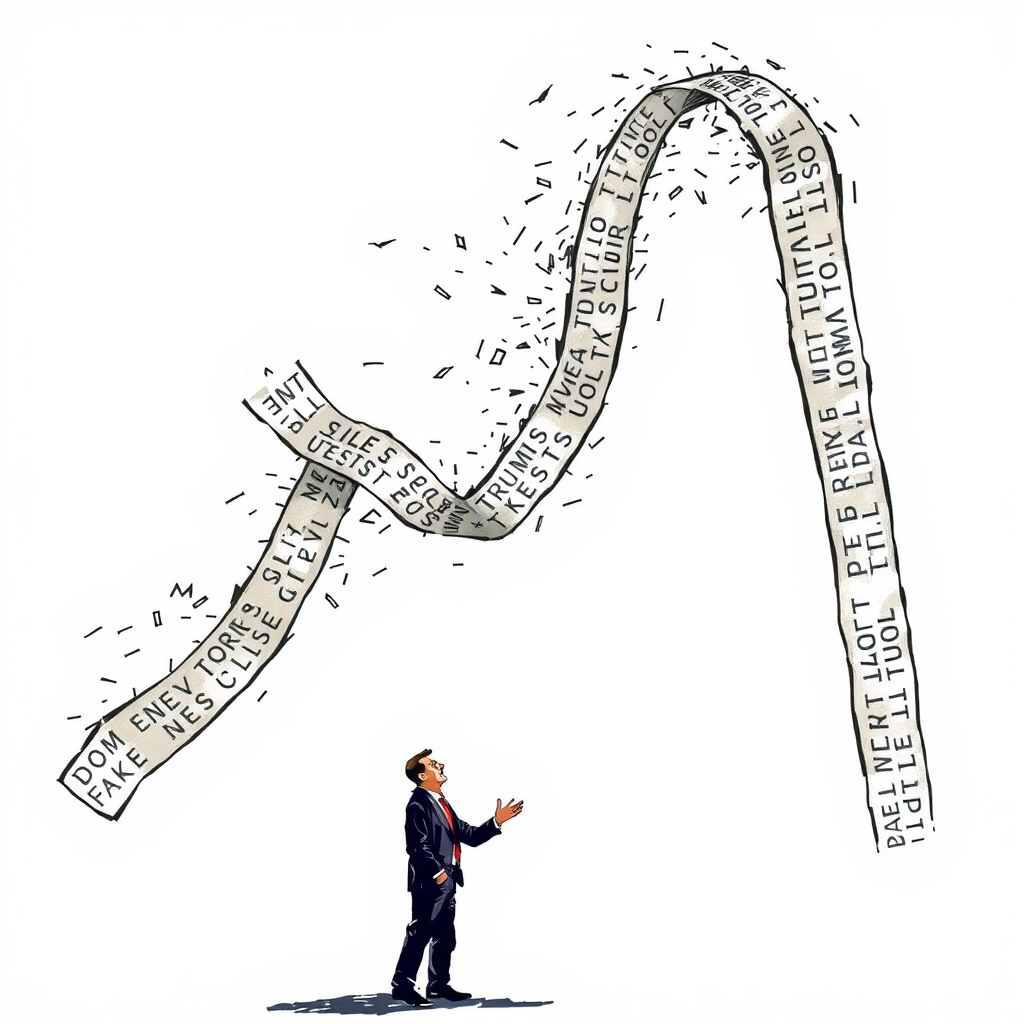15-Minute Market Frenzy: False Hope & Chaos

A fifteen-minute whirlwind of market volatility gripped Wall Street last week, triggered by a false report of a potential shift in President Trump’s tariff policy. The incident, described by one trader as “madness,” underscored the extreme sensitivity of current markets and the potent influence of social media – even unverified sources.
The chaos erupted shortly after 10:00 a.m. when reports began circulating, originating from an obscure X (formerly Twitter) account, claiming that Kevin Hassett, then-director of the National Economic Council, had indicated President Trump was considering a 90-day pause on tariffs for all countries except China. Mark Malek, chief investment officer at Siebert, initially dismissed the claim as false, but quickly witnessed a dramatic market surge.
Within seven minutes, the S&P 500 had added over $2.5 trillion in value, erasing earlier losses and climbing as much as 3.4%. Major news outlets, including CNBC and Reuters, quickly followed with similar headlines, amplifying the initial spike. However, the rally proved to be as fleeting as its origin.
The White House swiftly debunked the report as “fake news,” and news organizations issued corrections. The market immediately reversed course, wiping out the gains and sending stocks tumbling. Peter Tuchman, a senior floor trader at TradeMas, noted the subsequent downturn, stating traders were “getting their butts kicked.”
The entire episode, a complete round trip in market sentiment, unfolded in just fifteen minutes. Justin Wiggs, a managing director at Stifel Nicolaus, described the velocity of the moves as “staggering,” exceeding anything he’d experienced during the Covid pandemic or the 2008 financial crisis.
While the market ultimately relinquished its gains, the incident had a lingering effect. The selling pressure that had characterized recent sessions eased, with stocks fluctuating throughout the afternoon. The event served as a stark reminder that even unsubstantiated rumors can ignite significant rallies, prompting investors to reassess their positions.
Chris Murphy, co-head of derivatives strategy at Susquehanna, highlighted the risk, stating that an 8% surge based on a “Truth Social post or false headline” is just as concerning as a downturn. This incident isn’t simply about a momentary blip; it reveals a market primed to react intensely to any perceived shift in policy, and increasingly vulnerable to the rapid spread of misinformation. The speed and scale of the reaction suggest a deeper fragility, and a need for investors to carefully consider the sources driving market movements.